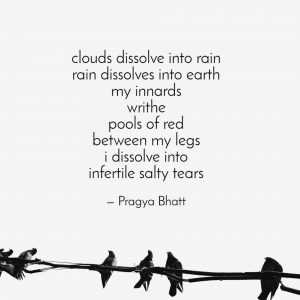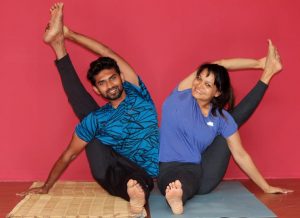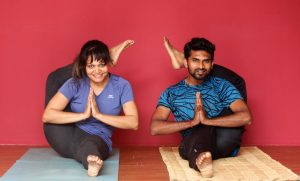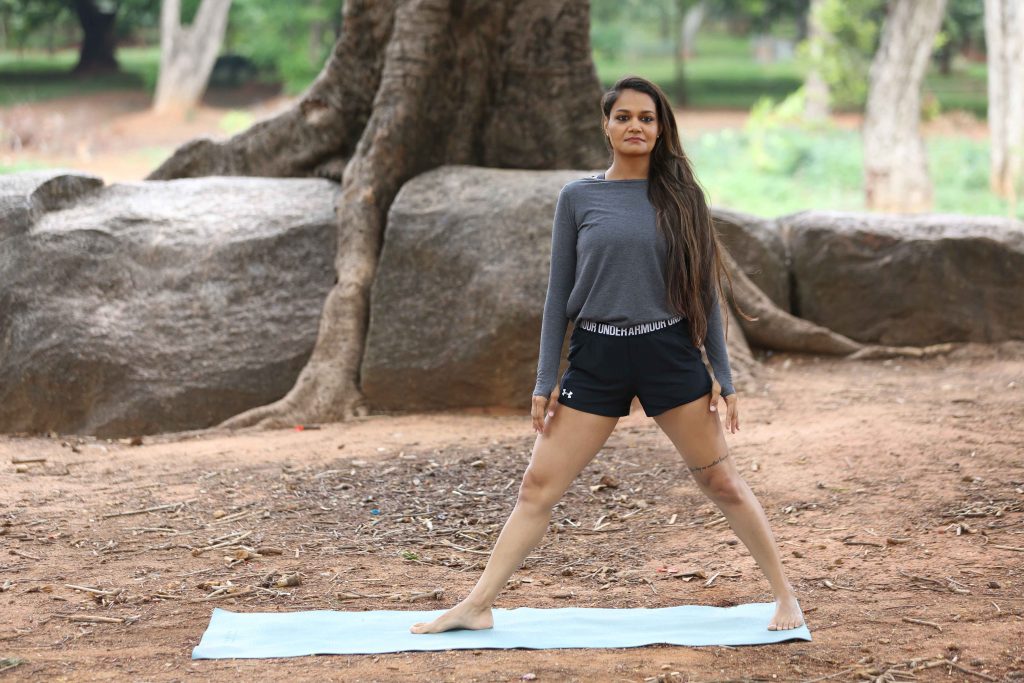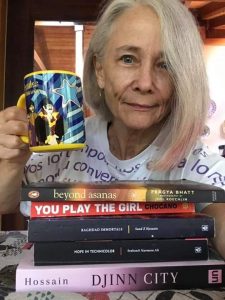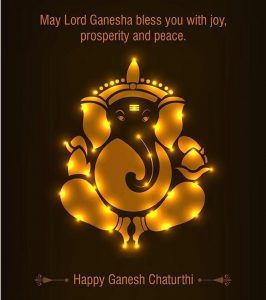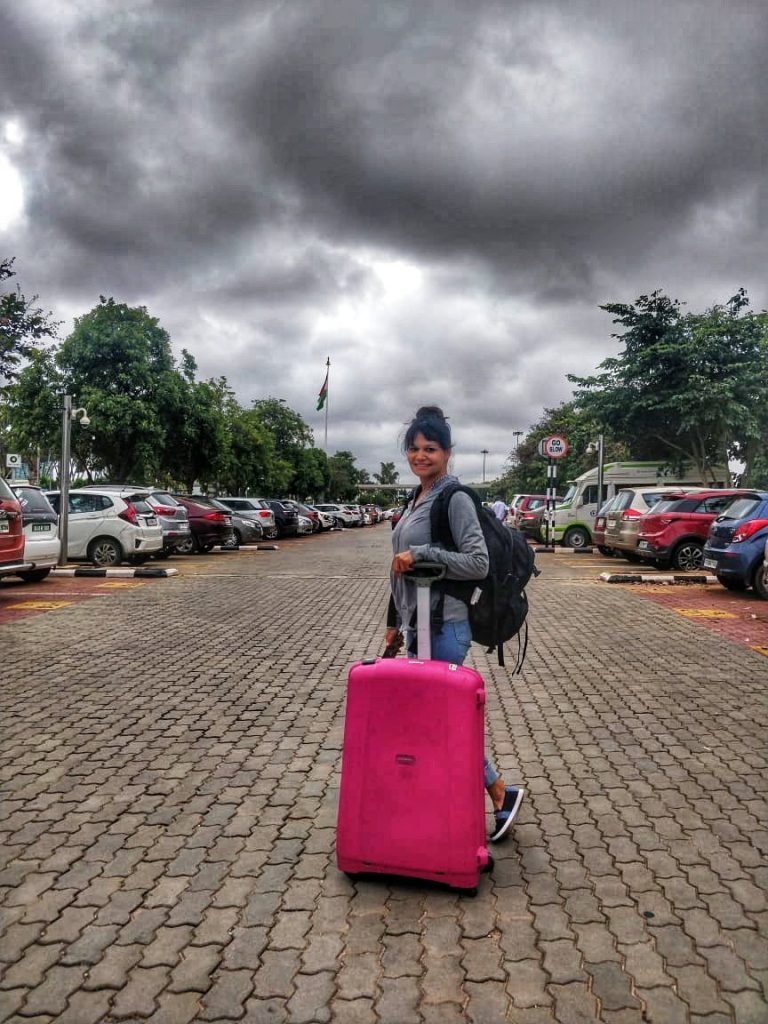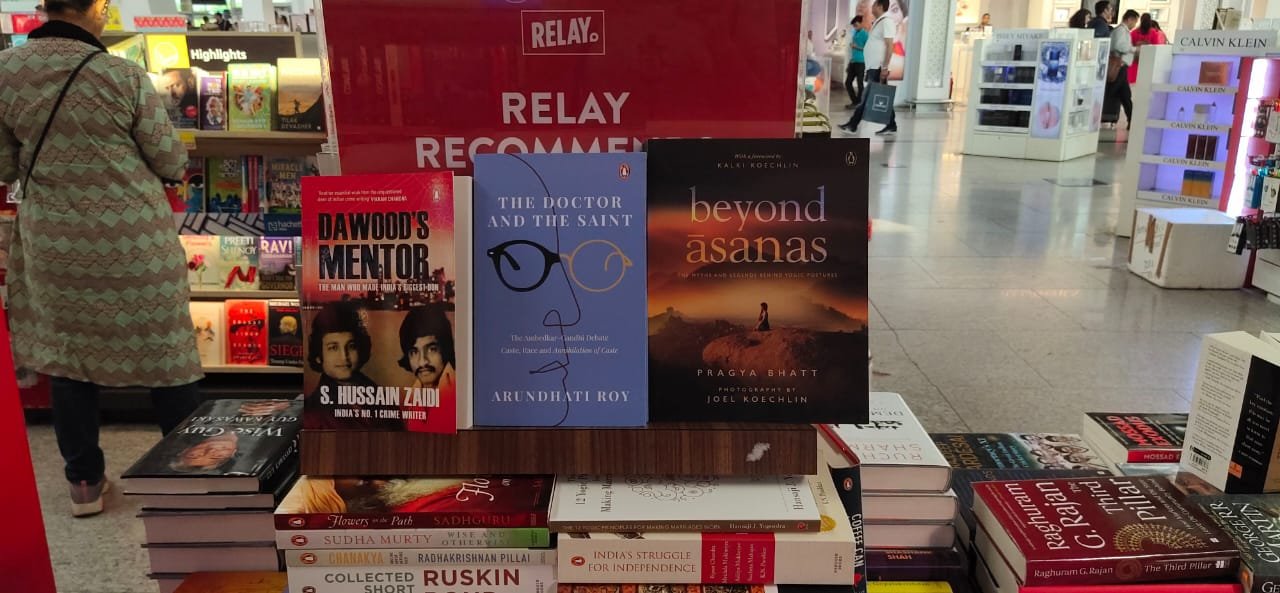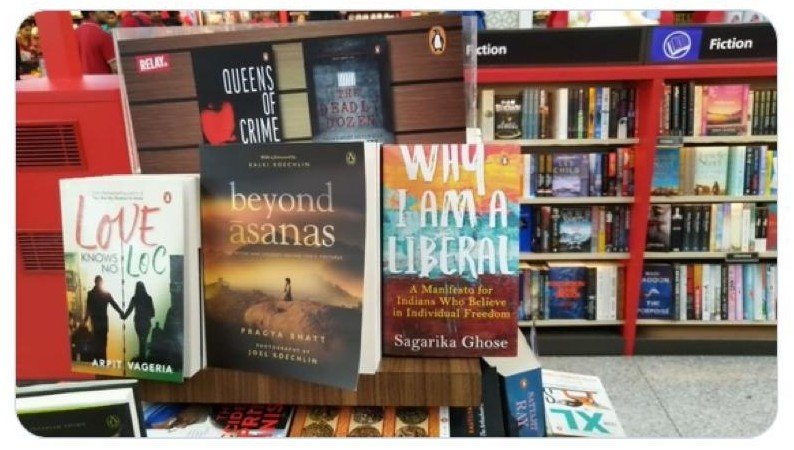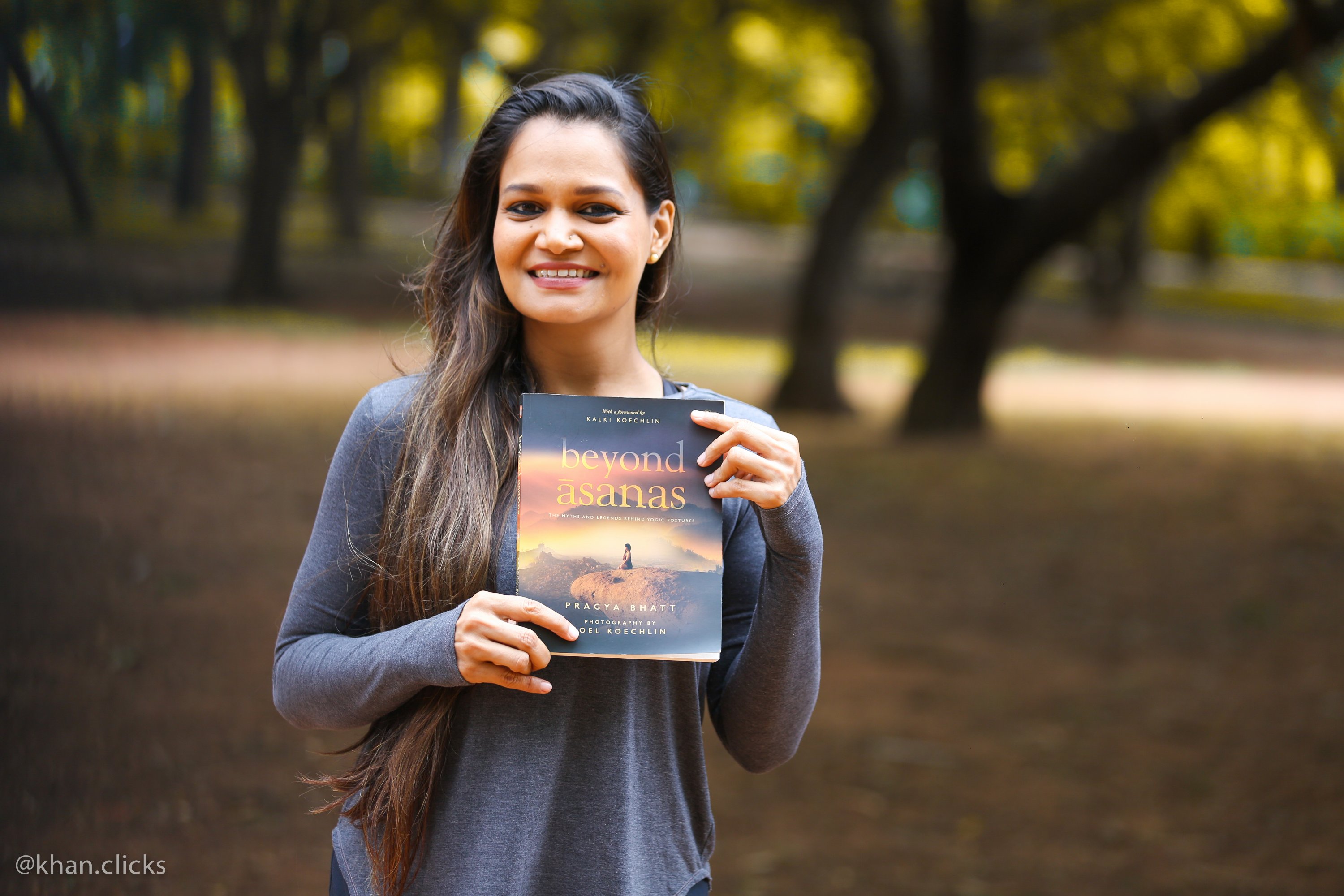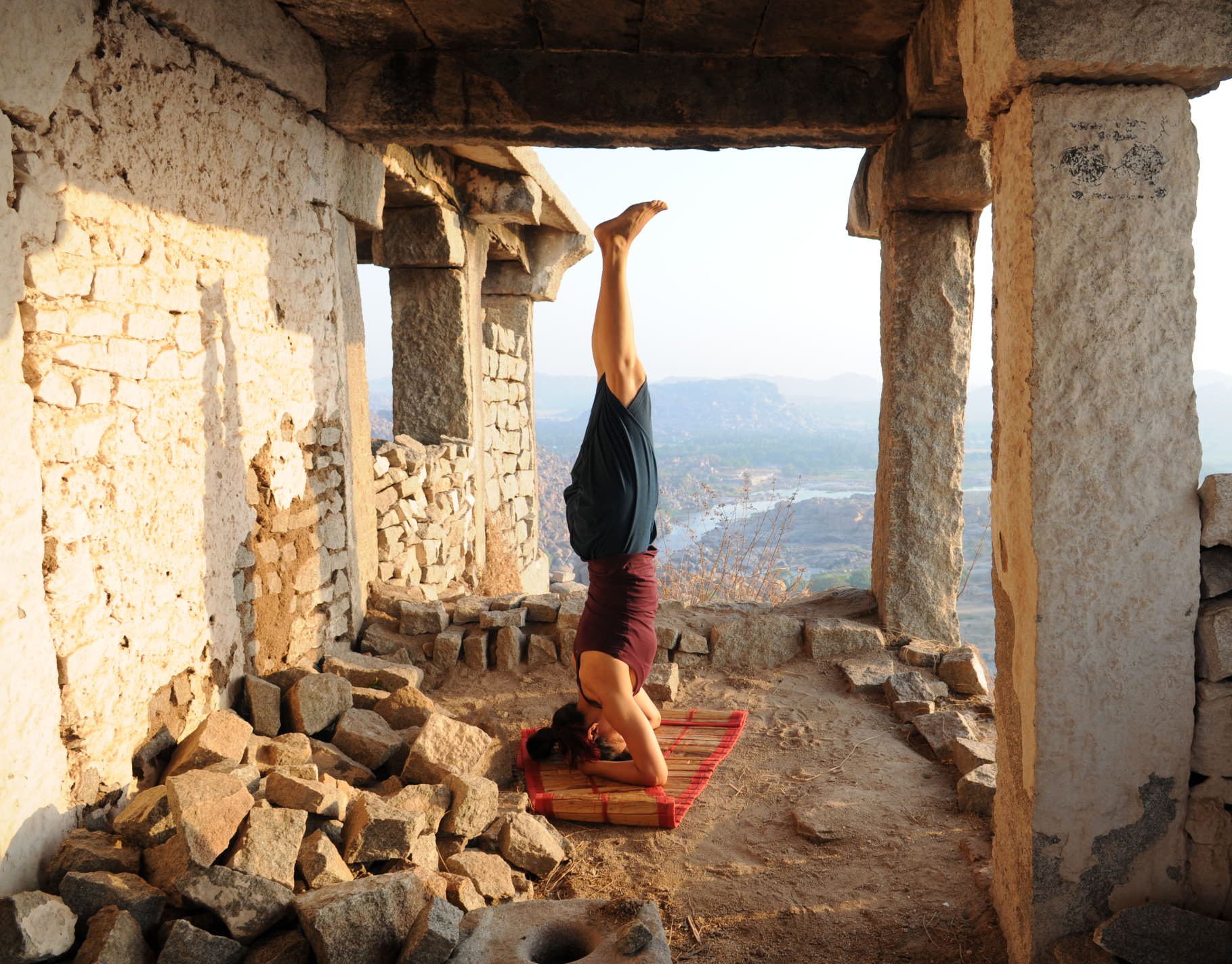
This beautiful shot is part of the photos we took for ‘Beyond Asanas: The Myths and Legends Behind Yogic Postures”. Get your copy of the book on Amazon and Flipkart.
I had a 7 am class with Gulnaz Dashti today, my second with her this month. I’ve recounted my hilarious class in 2016 with her here. And last year here. As evident in these blogs, she’s energetic, lively and funny.
Lately I’ve been having problems with the sirsasana. It’s confounding. I’ve been practicing sirsasana for years, even doing variations. Here’s a video of me doing advanced variations too. But suddenly one day I felt my neck starting to cramp up. I hadn’t changed anything and I got a bit worried.
I decided that maybe I should change the way I use the blanket under my head. Until now I was using a folded blanket between a folded mat. I started to fold the blanket in the Iyengar “three fold long” style. I felt it would give me height . But that also didn’t feel right. I spoke to Gulnaz about it last week. “Is it possible for someone to do a pose for many years and all of a sudden to lose it one day?”
She said in her quick rapid style, “Until now you’ve learned how to do the sirsasana. Now you’ll understand the posture. Go, I’ll see next week!”
So today before I went up I asked her for help.
“Why are you using a blanket?!” she screeched. “You people become so used to the props! Keep the blanket aside and go close to the wall, I’ll adjust.” She reached down and lifted my shoulders away from my ears. I felt the weight shifting forward to my elbows. My wrists and elbows woke up, and I pushed them firmly into the mat. I teetered for a bit as I got familiar with the new center of gravity.
“Props were invented to teach you how to do a posture, not to become a crutch for you. You people don’t even question the necessity of a prop! You become so dependent on the prop that that’s all you see! You don’t see the pose, you stop learning the pose!!!”
“Don’t be in a hurry to get away from the wall,” she cautioned me. “Stay there and understand the pose.”
Got it Gulnaz – learn the pose with the props, and understand them without the crutches.
